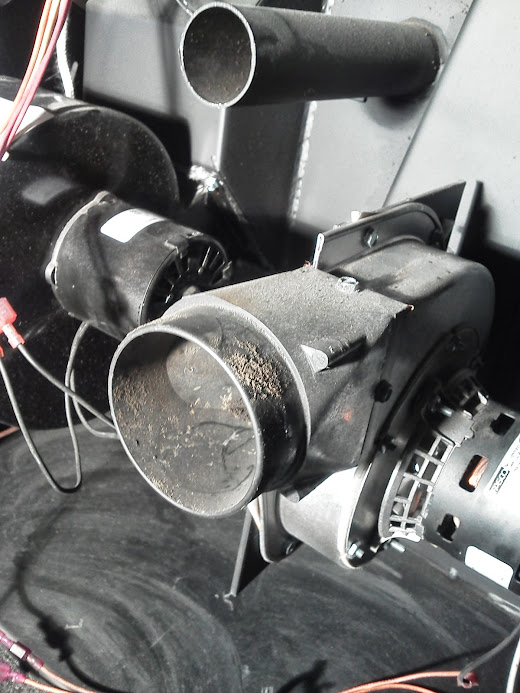Any way take a look at the pics below and tell me (please) I am doing this correctly. 
The back of my Englander 25 IPS. Top is the Air intake/outside air supply and i got that covered.The bottom is the exhaust venting and its a solid hunk of metal.

The Clean out 90degree "T" Typical Duravent stuff.

Here they are and they fit together very nicely so just some screws and hi temp red caulk, .... but is it really that easy??


The back of my Englander 25 IPS. Top is the Air intake/outside air supply and i got that covered.The bottom is the exhaust venting and its a solid hunk of metal.

The Clean out 90degree "T" Typical Duravent stuff.

Here they are and they fit together very nicely so just some screws and hi temp red caulk, .... but is it really that easy??



